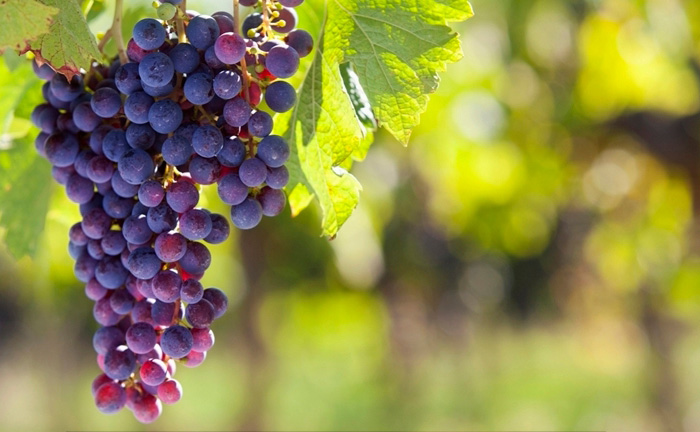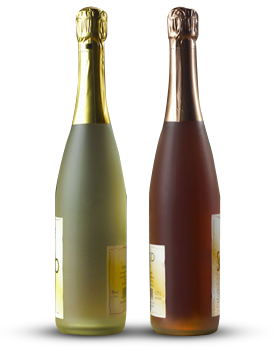

A Tale of Two Valleys: The Distinct Character of Sonoma and Dry Creek Valley Zinfandel
Posted on by RickieZinfandel, often called “America’s heritage grape,” finds two of its most celebrated expressions in the neighboring appellations of Sonoma Valley and Dry Creek Valley. While geographically close, these regions produce Zinfandels with strikingly different personalities. Understanding the difference is key to appreciating the grape’s remarkable versatility and the profound influence of terroir—the unique combination of soil, climate, and topography.
Sonoma Valley: The Elegant, Earthy Classic
Sonoma Valley, often referred to as the “Valley of the Moon,” is a broader, more climatically diverse appellation. Its proximity to the San Pablo Bay subjects it to cooler marine influences, especially in its southern reaches. This results in a longer, slower ripening season.
- Flavor Profile: Sonoma Valley Zins are often described as more elegant and refined. They tend to showcase flavors of brambly berries (blackberry, raspberry), dark cherry, and anise, frequently backed by distinct earthy or dusty, loamy notes.
- Structure: The cooler climate generally yields wines with brighter acidity and more moderate alcohol levels compared to their northern neighbor. The tannins can be silkier, making them feel more akin to an Old-World style.
- Overall Impression: Think balance and complexity over sheer power. These are food-friendly wines that pair beautifully with a wide range of dishes, from roasted chicken to mushroom-based pasta.
Dry Creek Valley: The Bold, Juicy Powerhouse
Nestled northwest of Healdsburg, Dry Creek Valley is narrower and more sheltered, leading to warmer daytime temperatures. However, cool nights and morning fog from the Pacific Ocean rushing up the valley ensure the grapes retain vital acidity.
- Flavor Profile: Dry Creek Valley is the quintessential home of bold, fruit-forward Zinfandel. Expect a burst of ripe, jammy fruit—blueberry, boysenberry, and plum—often accompanied by notes of black pepper, licorice, and baking spices.
- Structure: The ample sunshine produces grapes with higher sugar content, translating to wines with more robust body and elevated alcohol. The tannins are typically richer and more grippy, giving the wine a firm structure that supports aging.
- Overall Impression: This is Zin in its most exuberant form. It’s a wine of power and concentration, perfectly suited for hearty fare like barbecue, gourmet burgers, and grilled sausages.
Side-by-Side Comparison
| Characteristic | Sonoma Valley Zinfandel | Dry Creek Valley Zinfandel |
| Climate | Cooler, Bay-influenced | Warmer, sun-drenched |
| Primary Flavors | Brambly berries, cherry, earth | Jammy berries, plum, pepper |
| Body & Alcohol | Medium to full, moderate alcohol | Full-bodied, higher alcohol |
| Acidity & Tannins | Brighter acidity, softer tannins | Ripe acidity, robust tannins |
| Food Pairing | Roasted meats, mushroom dishes | Grilled meats, bold barbecue |
Conclusion: A Matter of Preference
The difference between Sonoma Valley and Dry Creek Valley Zinfandel is a perfect illustration of how place shapes a wine. There is no “better” valley; there is only the right wine for your palate and occasion. If you appreciate nuance, earthy complexity, and a balanced structure, seek out a Sonoma Valley Zin. If you crave the classic, fruit-driven power and spice that made California Zinfandel famous, then a bottle from Dry Creek Valley will not disappoint. The best way to decide? Taste them side by side and let your own senses be the guide.
Tags: Character, Creek, Distinct, Sonoma, Tale, Valley, Valleys, zinfandel
Copyright © 2025 Top Red Wine All rights reserved. .
